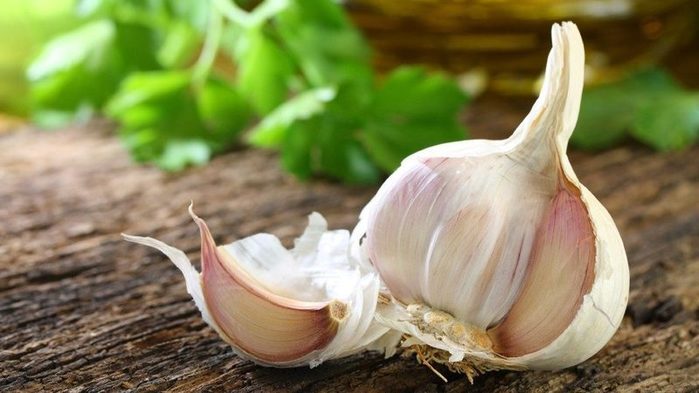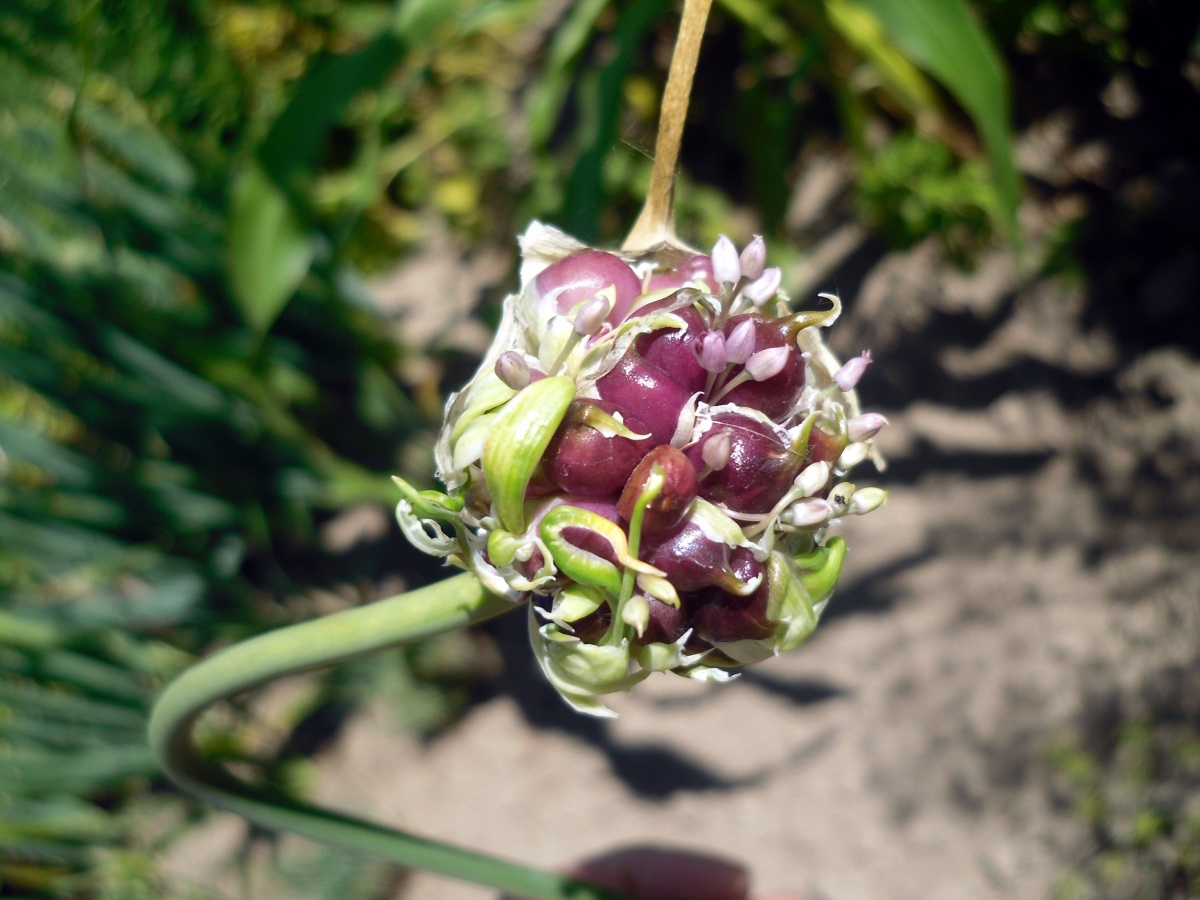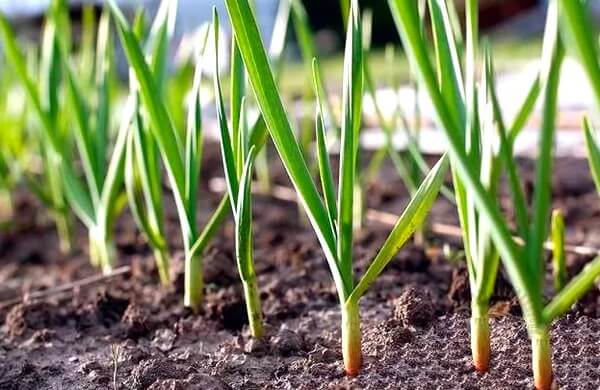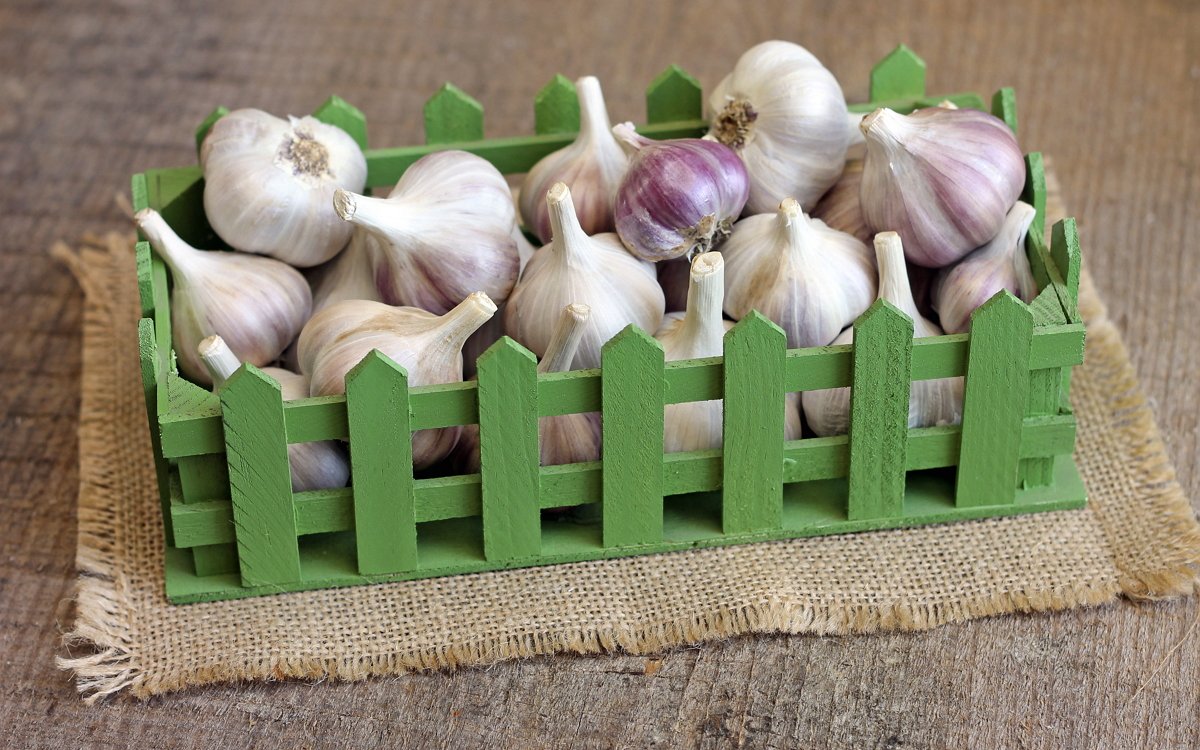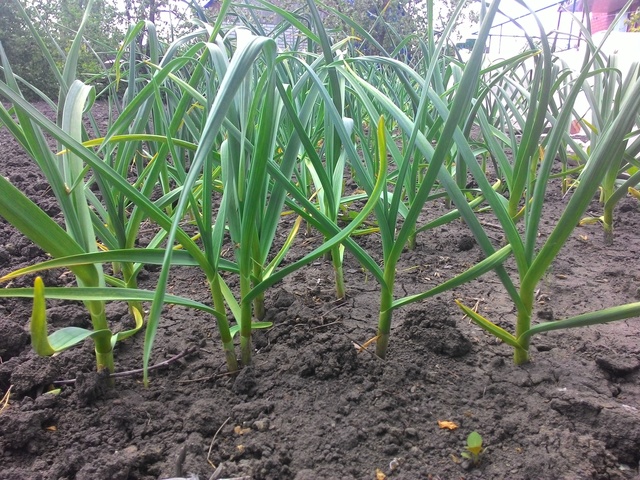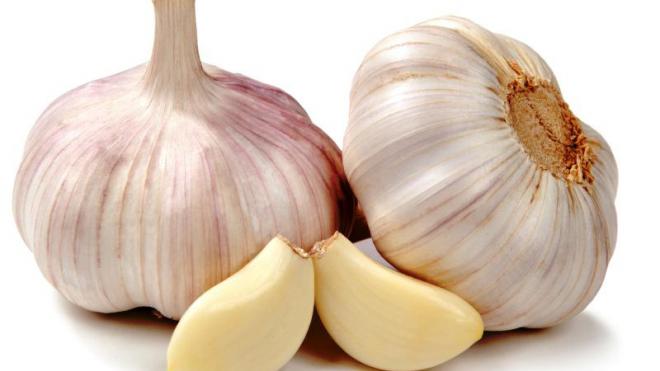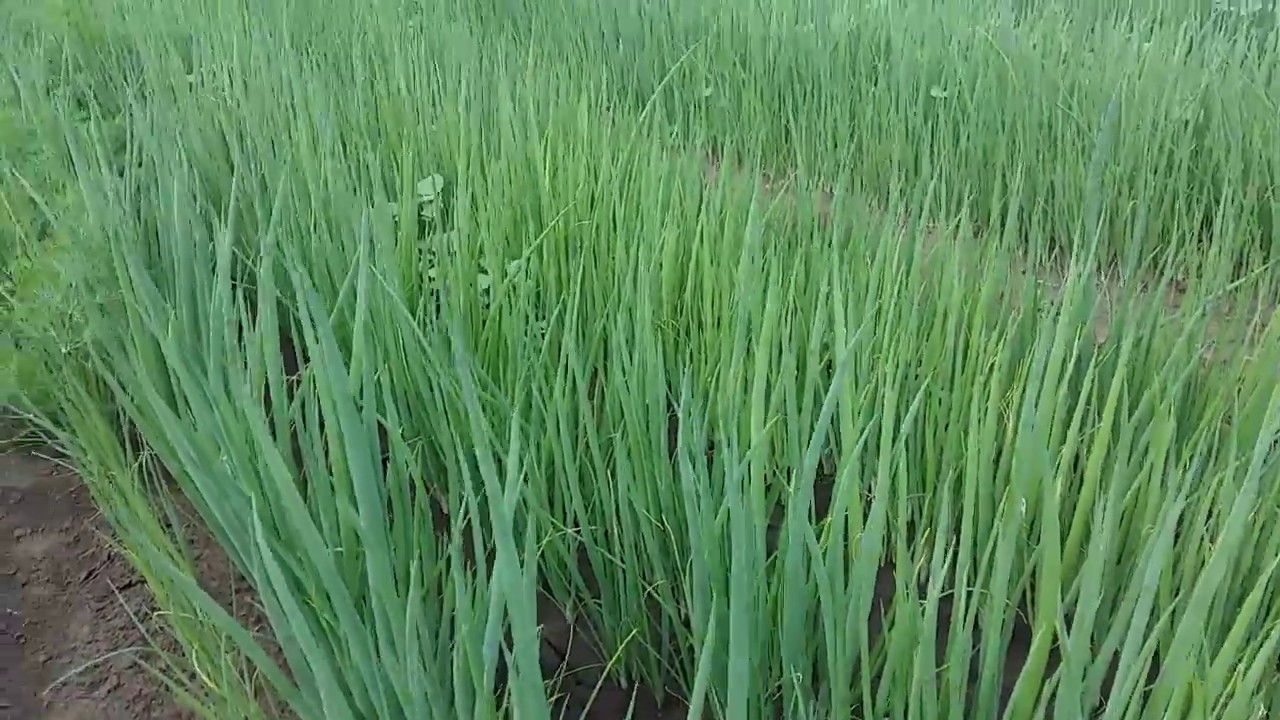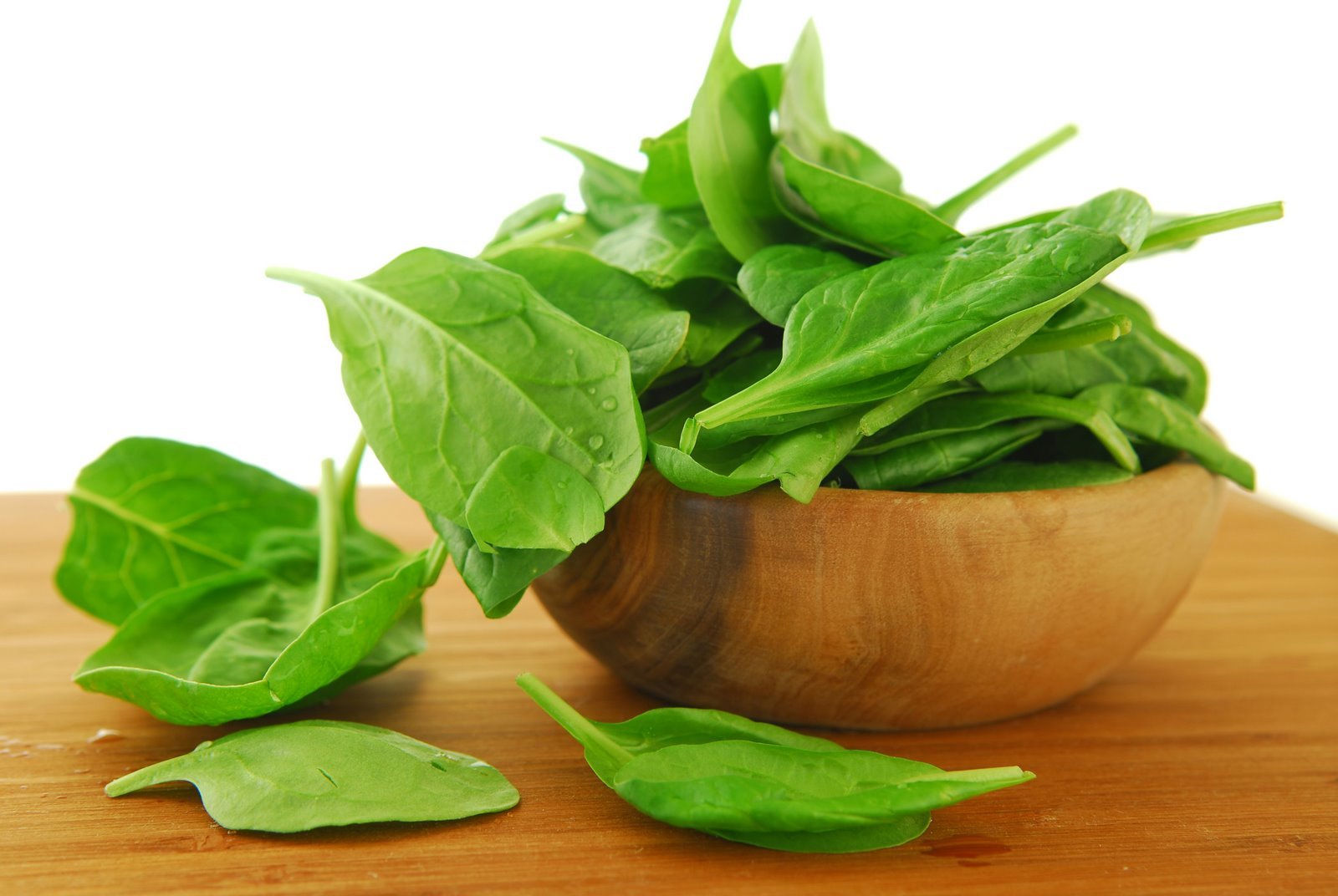Content:
It is very convenient to have your own garlic on the beds in the hot season of summer harvesting. After all, a lot of it goes into conservation, but it is expensive to buy, and it is inconvenient to go to the store every time. So gardeners are trying to allocate a place for this plant on the site. Over time, the variety can degenerate and reduce market performance, as well as yield. In this case, it is recommended to plant garlic from bulbs, the cultivation of which is not particularly difficult even for novice gardeners.
Features of agrotechnology of garlic
Depending on the planting time, garlic is subdivided into spring (spring) and winter. At the same time, autumn is the ideal time for planting arrowhead varieties. Otherwise, the yield and head sizes are significantly reduced. The rest of the varieties can be used for both spring and autumn planting.
For planting garlic, a well-lit flat area is selected. Rain or melt water should not linger on it. The growth and development of this culture is negatively affected by both waterlogging and severe drying out of the soil.
It is best to grow garlic on high-fertile soil with a high content of organic fertilizers, located on a hill. Loamy soil and sandy loam are suitable. In the lowlands, the plant is driven out or blown out. Soil preparation begins 1.5 months before the expected planting of garlic. The area is dug up and regularly cleared of weeds.
Choosing the right place for a given crop requires compulsory observance of the rules of crop rotation. It is best to plant garlic after:
- greenery;
- cucumbers;
- early cabbage.
You can not plant a crop after onions or in the same place earlier than 4 years later. In garlic, the root system is close to the surface and develops very quickly. At first, you should take care of sufficient hydration and the amount of nutrients. At the very beginning of the growing season, soil moisture should be increased, and from the moment the heads begin to form, it should be lowered. Watering should be stopped altogether a couple of weeks before the expected harvest.
For the purpose of prevention, it is recommended to timely process the plantings with special preparations or folk remedies against the main pests and diseases. The arrows that appear on the garlic should be tried to be cut off, except for those cases when it is planned to collect seed from them.
Reproduction of garlic
Before you start such a useful and necessary culture in your garden, it will be useful to learn how garlic multiplies. This is done with teeth or bulbs. Each head can contain up to 10 individual teeth, which can then be used as seed. If the needs are small, then this is quite enough. But what if you want to plant a large area or restore the varietal qualities of a favorite species? In this case, you can resort to an unusual technique and propagate varietal garlic with bulbs.
Another important advantage that seed planting gives is the inability to tolerate diseases. For example, if all the plantings died from a fungal disease, then the ripened and preserved bulb will make it possible to grow absolutely healthy planting material for the next season.
The main benefits of planting garlic seeds:
- the ability to independently prepare homemade healthy seeds in large quantities;
- seeds are not affected by diseases and pests;
- the variety does not degenerate;
- ease of landing in the ground;
- excellent germination.
Disadvantages of seed propagation of garlic:
- it will take more than one year to get a full harvest;
- risk of spoilage of seeds in the ground due to low temperatures.
However, the last drawback can be almost completely eliminated if you follow all the recommendations and planting dates.
Sowing garlic bulbs
To get high-quality seed garlic from bulbs, you need to properly grow and collect the source material. There are no special wisdom in agricultural technology, the seeds themselves are formed on the arrows. It is much more important to collect them correctly. To do this, you need to wait until the protective capsule bursts and the seeds are on top of it. This happens around mid-July, however, depending on the region and planting time, the dates may shift slightly. After ripening, the seeds are carefully cut with scissors or secateurs, placed in a cardboard box and sent for storage.
In exceptional cases, the bulb may not open, but this does not mean at all that it is not ripe. You also need to be guided by the color of the leaves. If they turn yellow, then the arrows can be safely cut off. You can store seed in a barn or other dark room with a temperature of at least + 18 ° C. A couple of months before the intended sowing, the seeds are kept at lower temperatures (about + 7 ° C). This promotes hardening and prevents damage to the seeds during the first frost.
It is possible to plant garlic seeds not only before winter and spring, but also in the so-called direct way. Most often, planting is carried out before winter. It is worth focusing on the weather conditions. In the middle lane and the Moscow region, the landing time falls on November, but the Urals suggests earlier dates. By the time of sowing, the soil should not cool below + 5 ° С. On the prepared bed, grooves should be made, no more than 5 cm deep, the distance between which is left about 40 cm. The seed is evenly laid out in them and sprinkled with earth, after which they mulch.
Spring planting is not much different from winter planting, but there are still features. First of all, these are terms. As a rule, sowing of garlic in spring is carried out in early March, which causes certain difficulties. The soil has not yet warmed up enough, it is quite hard, and it is difficult to make beds in it.
After the first shoots appear for the plant, it is necessary to organize proper care and provide protection from diseases and pests.
The non-stop method, at first glance, may seem complicated and intricate, especially for beginners. But in fact, not everything is so scary. A plant in one place should grow for two years, after which a crop of full-fledged heads is harvested. For this method, the garlic bulbs are cut off before they have time to open. They are kept in the sun for a couple of days and allowed to dry. After that, you can start planting in open ground, which is absolutely no different from that which is done in autumn or spring. By the middle of autumn, a young head of garlic with one clove has already formed. You don't need to dig it out. An important condition: the bed must be properly insulated so that the cold winter does not harm the plantings. With the onset of spring, the site can be opened. If everything is done correctly, then by the middle of summer you can already harvest a full harvest of large heads.
Tips for gardeners for planting bulbs
If the planting of garlic bulbs occurs in the spring, then you need to think in advance how the beds will be watered. After all, hot and dry weather can come quickly enough, and the seedlings that begin to move into growth will not have time to gain enough strength.With a lack of moisture and nutrients, it stops growing or dies.
Grown bulbs after winter or spring planting are dug out somewhere in the middle of August. They are well dried and stored until October, and then planted again in the garden.
After digging, the one-toothed tooth cannot be stored in the sun. This leads to the fact that the garlic glazes, and some of the planting material will be lost. It is best to keep them under a well-ventilated canopy.
Growing garlic from bulbs is not particularly difficult. Even an inexperienced beginner can cope with this procedure. This growing method has many advantages and makes it possible to renew the sowing fund, increase yields and grow a healthy, high-quality crop. Indeed, as you know, when planting with teeth, the yield decreases from year to year, and varietal qualities come to naught. Garlic bulbs form themselves every season. As a result, the preparation of seed will not be difficult.
